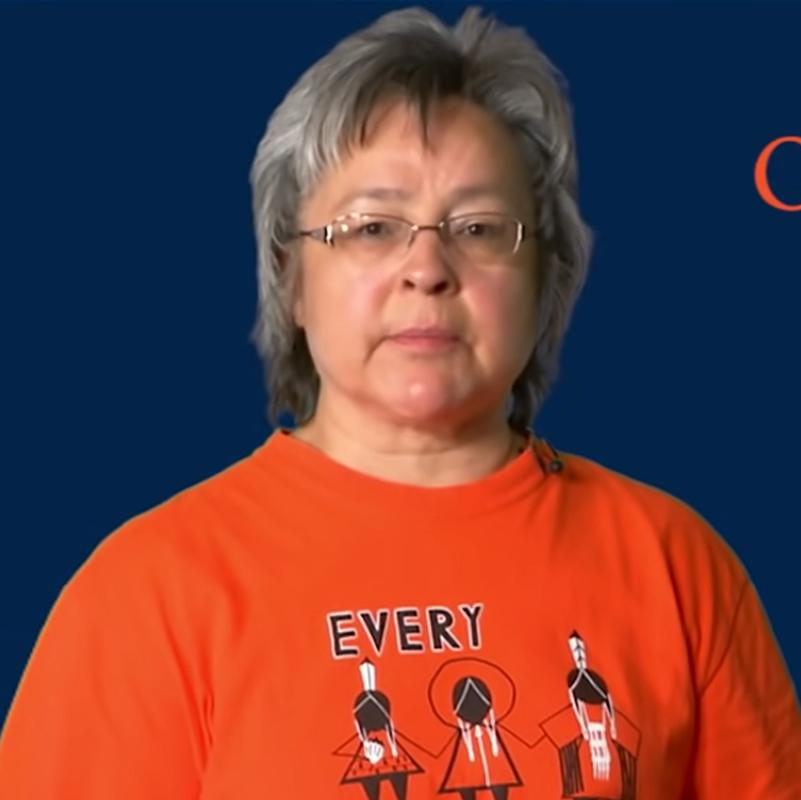In my line of work as an inclusion consultant, I’m always in the thick of discomfort, working out the best way to lead groups toward greater cohesion. Like many others who do this work, I come to it from personal experience — more explicitly, from racial trauma. Immigrating to small-town Alberta from Iran when I was nine knocked early lessons about visibility and power right into my bones. This foundation later transformed into my life’s passion: creating spaces where everyone matters and belongs.
Everyone involved in the education system must actively and tangibly support efforts toward more representative and inclusive schools.
Having worked for the past two decades in the equity, diversity and inclusion (EDI) space, I feel as though there is a greater understanding of the need for EDI awareness as student and staff demographics shift and gaps in learning access become more widely known. Yet, at the same time, the education system and broader society are experiencing a backlash against the recognition that some groups experience unfair barriers. Here are but a few examples:
- The pushback against “woke” content in educational institutions and workplaces
- The banning of books and even language supporting gay, trans and racialized stories
- The US Supreme Court undoing affirmative action programs and other equity policies
- The discrediting of any equity education after the recent suicide of a Toronto principal
It’s easy in times such as this to step back and shut up: essentially, to avoid upsetting the status quo. But if we wish education to be equally accessible to all students, everyone involved in the education system must actively and tangibly support efforts toward more representative and inclusive schools. Here are three minimal steps any teacher can take.
1. Represent all your students
Collect data, don’t assume. Send out a survey, or get your principal to, asking students or their guardians to share (if they choose) their culture, holidays celebrated, family members and racial/ ethnic identity. With this information, you can adapt curriculum, use inclusive language and represent student identities often rendered invisible. For example, if you know you have two Muslim-identifying students in the class, wish them Eid Mubarak, ask them if they would like a space to pray during Ramadan and/or share about the Eid holiday in class (perhaps a family member might like to come in).
2. Initiate conversations with colleagues
Change happens one conversation at a time, eventually accumulating in a tipping-point moment. Suggest trans, Black, Muslim or other marginalized identity speakers for PD days. Host a book discussion series with books such as Deep Diversity: A Compassionate Scientific Approach to Achieving Racial Equity, which breaks down systemic discrimination into easily understood chunks. Use challenging moments such as case studies to discuss and learn from collectively. For example, if the N-word is used by a couple of students in the school, discuss as a staff what can be done to address it within the school culture as a whole. All words and behaviour happen in context.
3. Normalize mistake-making
As educators, we know that any learning process has to involve practice and that making mistakes is a necessary part of the process. Think about teaching algebra to students for the first time! The same applies to learning about students and colleagues who occupy an identity we are less familiar with. We will say and do awkward things, we may put our foot in our mouth, we may misstep — we need to be accountable for ways we could have done better, and then we need to let it go. Creating inclusion should feel inclusive, not like a prison we fear being locked into. Compassion is the underpinning of all sustainable change.
As members of the teaching profession, we know change isn’t predestined but is a choice. I hope we choose a future where all students, not just those who are well-off, white and culturally Christian, have equal access to belonging, learning and success (in exactly that order). ❚
Annahid Dashtgard is an author and CEO of AnimaLeadership.com, a leading inclusion consulting firm.

CEO, Anima Leadership


